What is behavioral economics is an interdisciplinary field that combines insights from psychology and economics to better understand human decision-making. By examining how psychological, social, cognitive, and emotional factors influence choices, behavioral economics provides a more realistic depiction of behavior compared to traditional economic models. This field has seen wide applications across domains like finance, public policy, marketing, and more.
Overview of Behavioral Economics
Behavioral economics developed in the late 20th century as economists and psychologists realized that existing economic models based on full rationality could not explain many real-world outcomes. It rests on the premise that human judgment and decision-making can deviate systematically from rational choice theory.
Some key principles and assumptions of behavioral economics include:
- Bounded rationality: Individuals face limits in processing power, available information, and time that constrain their ability to make fully rational decisions.
- Heuristics and biases: People rely on mental shortcuts and rules of thumb that can lead to biased judgments. Common examples are confirmation bias and availability heuristic.
- Prospect theory: People evaluate outcomes relative to a reference point rather than in absolute terms, and exhibit loss aversion. Proposed by Daniel Kahneman and Amos Tversky.
- Dual-system thinking: Automatic, intuitive processes interact with controlled, deliberative reasoning to shape choices. See [Kahneman’s model](https://experimental headphones economics.com/thinking-fast-and-slow-by-daniel-kahneman/).
By incorporating these realistic assumptions into models, behavioral economists can better predict actual behavior like why people save less than they intend to for retirement or fail to enroll in beneficial programs. This field uses empirical experiments and psychological theory to develop strategies that «nudge» people towards optimal decisions.
Applications of Behavioral Economics
Personal Finance
Behavioral economics offers many insights into improving financial decision-making. For instance, automatically enrolling employees into retirement savings plans by default results in higher participation than requiring them to opt-in. This leverages status quo bias. Digital tools can also simplify complex products using choice architecture and personalized prompts. Financial education campaigns need to account for biases like hyperbolic discounting.
Public Policy
Governments apply behavioral research to craft effective policies and incentives. Small tweaks to the environment, or «nudges,» can encourage behaviors like increased savings or reduced smoking without mandates. Displays at cafeterias, simplified enrollment in social programs, and changes to prescription medication doses utilize heuristics and defaults to positively impact public welfare. For examples, see ideas42’s impact.
Marketing
Brands and retailers incorporate strategies like bundling products, adding decoy options, framing outcomes, and triggering reciprocity to influence consumers. Sale prices, limited-time offers, and bulk discounts take advantage of loss aversion and scarcity effects. Customer experiences can be optimized by recognizing common biases and mental accounting tendencies. Read Dan Ariely’s perspectives.
Organizational Behavior
Workplaces can enhance productivity and teamwork by accounting for biases like the halo effect, confirmation bias, and overconfidence during performance evaluation and group decisions. Shared organizational identities and cultural values leverage social preferences. Aligned incentives and employee empowerment policies also draw on behavioral research. ideas42 guide.
The Growing Influence of Behavioral Economics
While initially controversial, the insights from behavioral economics are gaining wider acceptance today across academia, public policy, and business strategy. Behavioral economists like Daniel Kahneman and Richard Thaler have received Nobel prizes for demonstrating the deficiencies in conventional models. Leading institutions like central banks and government units now have dedicated behavioral science teams. Firms hire chief behavioral officers to devise strategies leveraging mental fallibilities and social factors.
At the same time, critiques argue that the field overly exaggerates irrationality and relies on context-specific experiments rather than unified theories. Others caution against overly paternalistic policies to correct individual biases. As the discipline evolves, behavioral economists try to balance realistic assumptions of human behavior with preserving freedom of choice.
Conclusion
In conclusion, behavioral economics enriches traditional economics by providing a psychologically realistic framework to understand and predict decisions in messy real-world contexts. It offers scientifically-grounded tools to design choice environments that bring out people’s best judgments without limiting freedom. As this field continues to mature, its applied insights can significantly improve outcomes in domains ranging from health to finance to public policy. However, behavioral economists must rigorously examine the ethics and generalizability of their interventions to build trust and acceptance. With thoughtful implementation, incorporating the teachings of behavioral economics into public and private sectors can create immense social value.
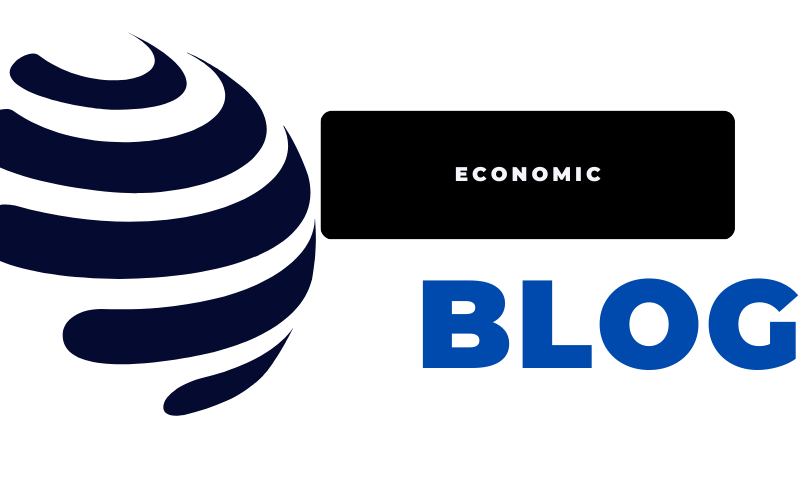




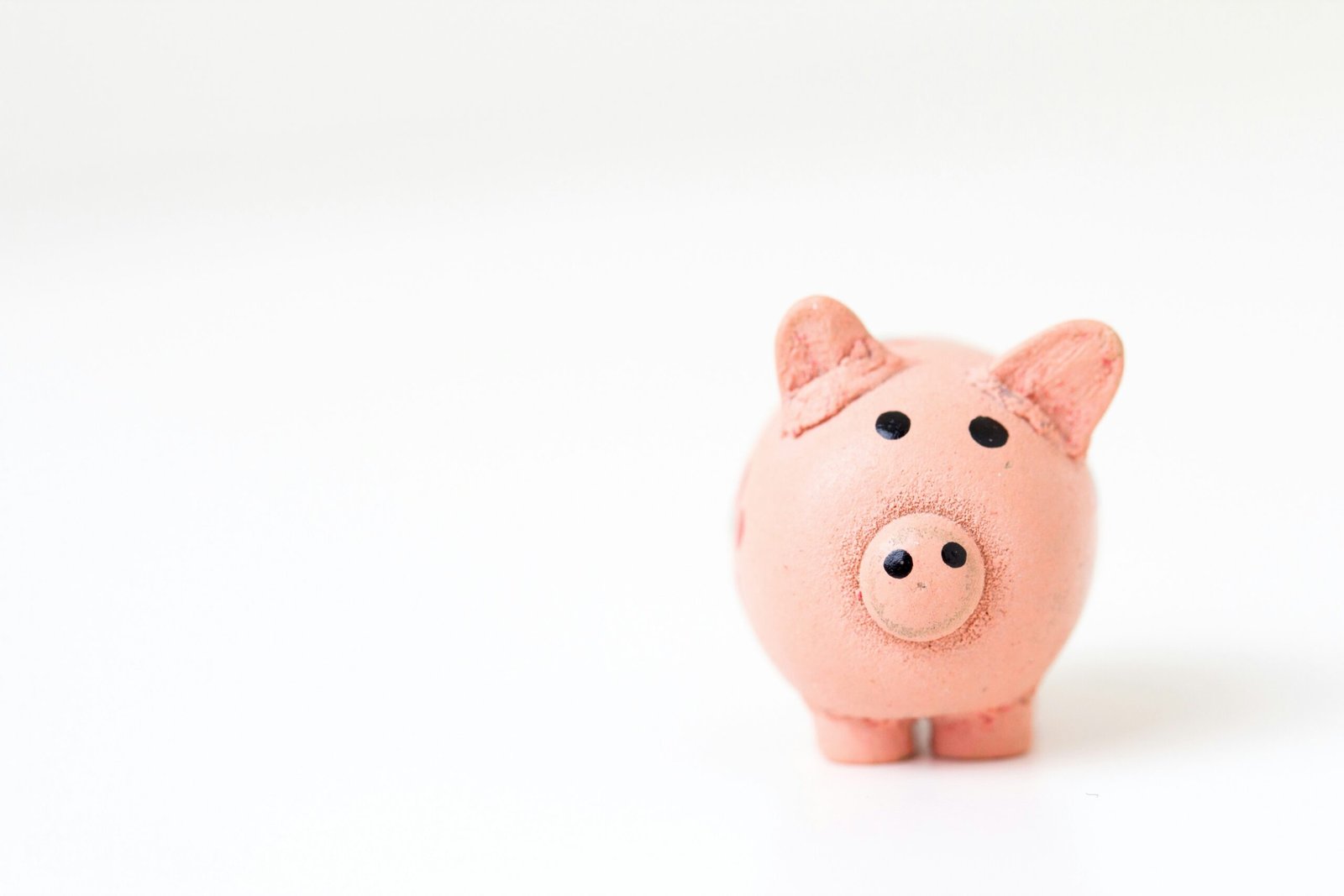

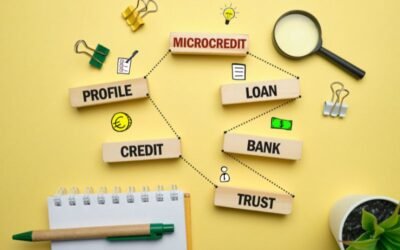
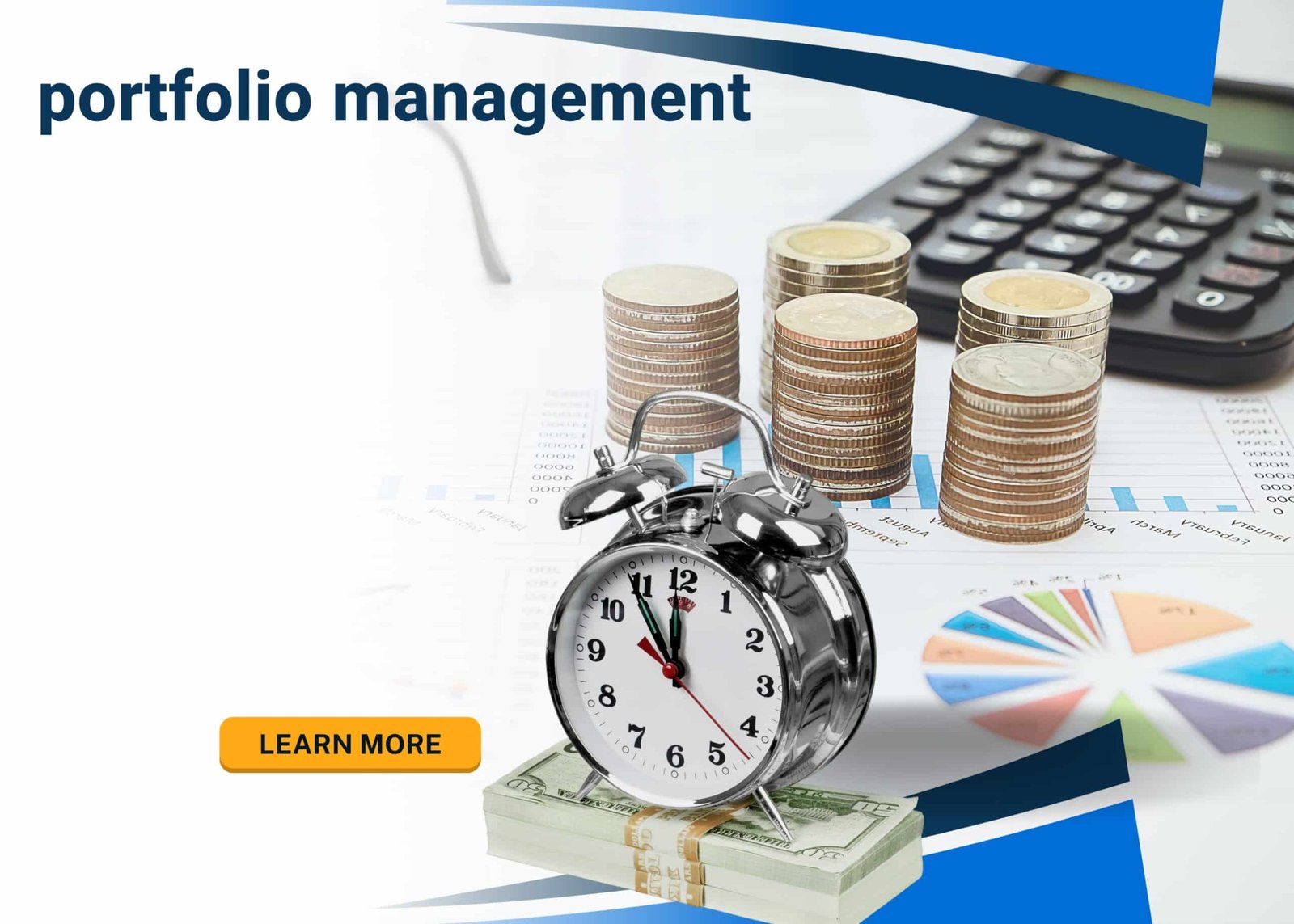
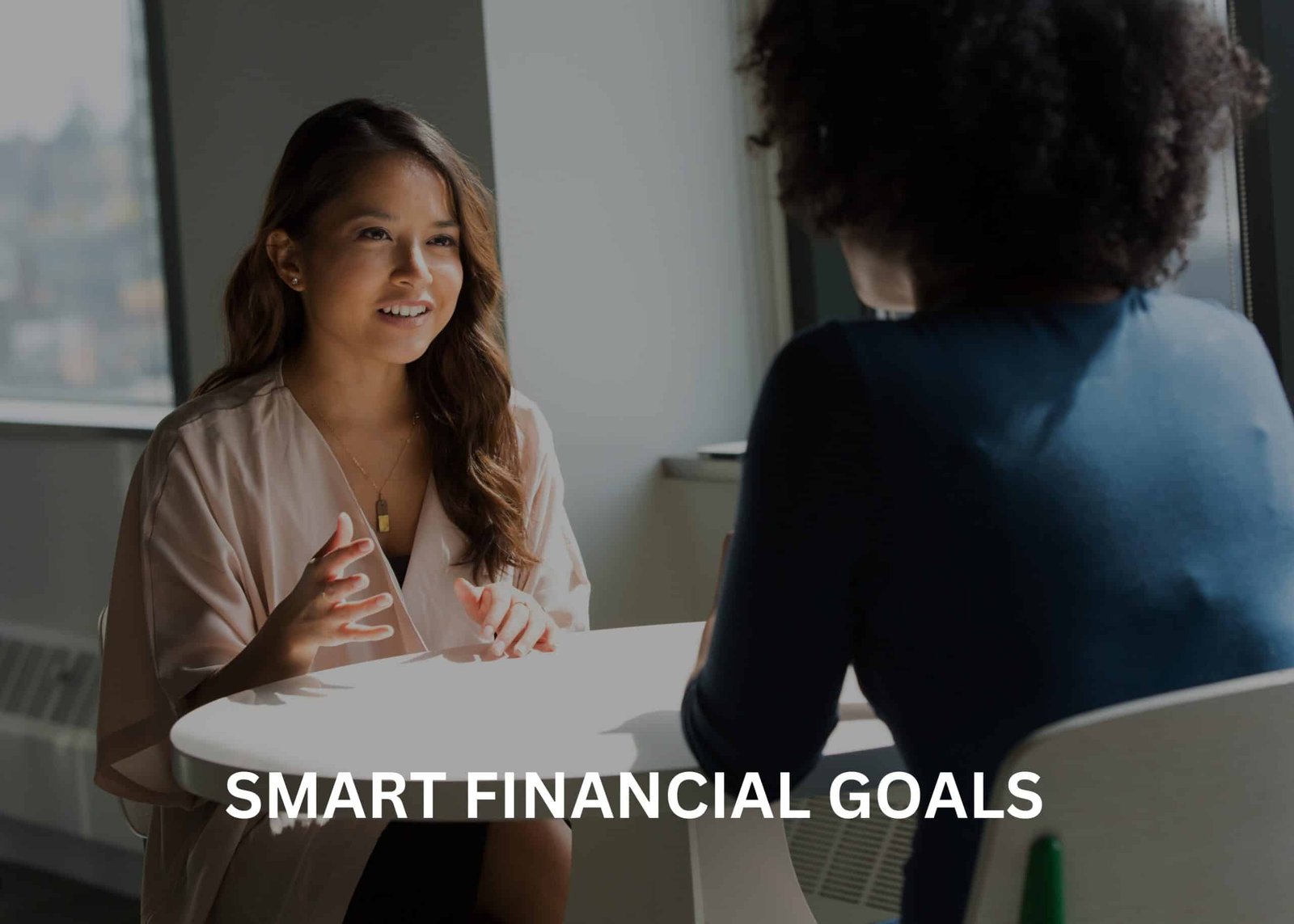

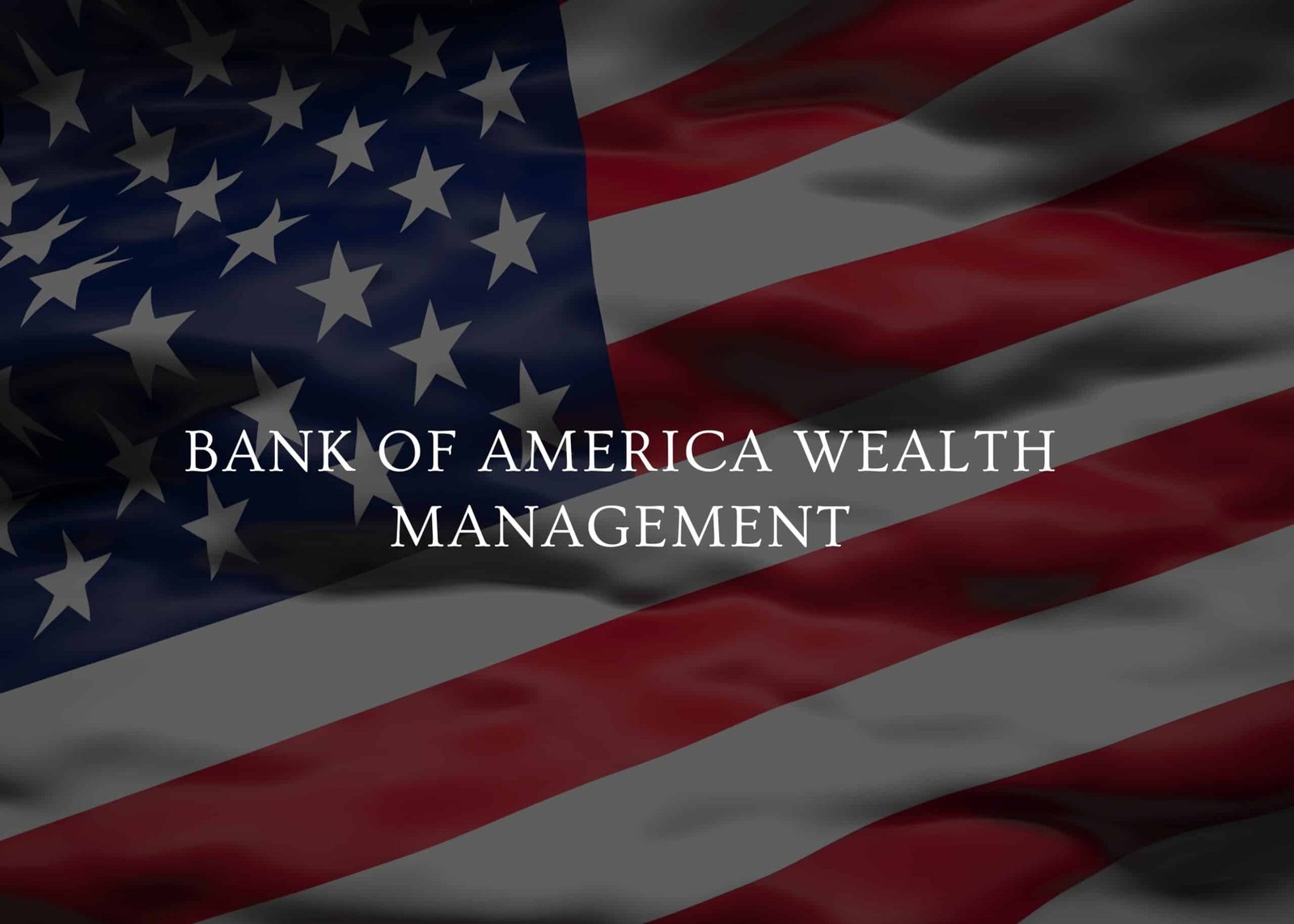
finance and economics